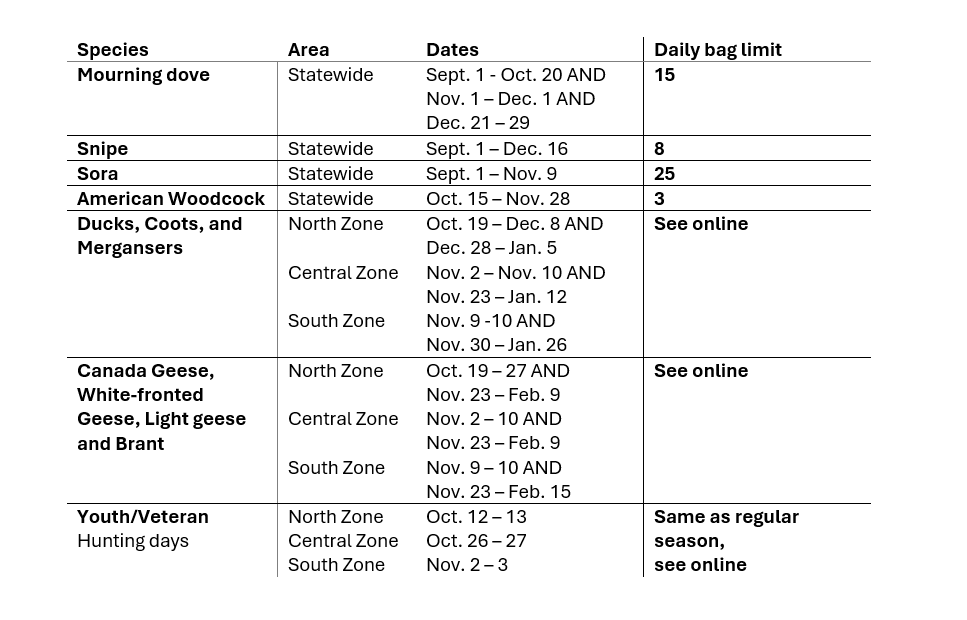 2024-2025 Migratory bird hunting seasons
Several migratory bird hunting seasons either open or remain open in October. Find full season dates and bag limits online.
Photo courtesy of USFWS.
Make the most of your fall: Go turkey hunting
If you’re hunting deer with a bow this fall, why not bag a turkey as well? Fall archery season for turkey is open statewide from Oct. 1-27, so grab your equipment and get outdoors. In the fall season, you can bag either a bearded or unbearded bird.
Check out our online license system to buy your fall turkey license and gamebird habitat stamp. For more information on fall turkey hunting, visit our website.
Public comment period open for proposed changes to bobcat trapping season
The Indiana Natural Resources Commission (NRC) has opened public comment for proposed changes to allow the limited, regulated trapping of bobcats. In March, the Indiana General Assembly passed legislation (Senate Enrolled Act 241) that directs the Indiana Department of Natural Resources (DNR) to have rules in place by July 2025 for bobcat harvest. Public comments can be submitted at IN.gov/nrc/rules/rulemaking-docket using the “Submit Comments Here” link under the Bobcat Amendments Proposed Rule. Comments can also be mailed to the Natural Resources Commission.
The deadline for submitting public comments is Nov. 14, 2024. A public hearing will also be held on Nov. 14, 2024 between 5-7 p.m. ET at the Southeast – Purdue Agricultural Center located at 4425 East 350 North, Butlerville, IN 47223. Interested members of the public can attend in person or online anytime during that timeframe. The public hearing will also be webcast on the NRC’s rulemaking docket website at IN.gov/nrc/rules/rulemaking-docket during the time of the public hearing and comments will be able to be made through the online webcast. Sign up for updates at on.IN.gov/dfw-rule-changes
For more information on the proposed rule changes and submitting comments, visit on.IN.gov/dfw-rule-changes.
Deer updates
Epizootic hemorrhagic disease detected in several areas of Indiana
Epizootic hemorrhagic disease (EHD) is a naturally occurring viral disease commonly seen in the Indiana deer herd. Each year, typically in late summer, Indiana DNR receives reports of deer displaying signs of EHD throughout the state.
This year, DNR confirmed a significant EHD outbreak that began in the northern region of the Hoosier State. In some years, EHD can affect a larger-than-normal portion of the deer and becomes widespread across a county. In those instances, DNR lowers the County Bonus Antlerless Quotas (CBAQs) in the impacted counties to offset the effect of the counties’ EHD outbreak on the deer herd in that region.
EHD is transmitted by biting midges, also known as sand gnats or “no-see-ums.” Deer infected with EHD may display unusual behaviors such as lethargy, excessive salivation, or disorientation. EHD also causes fever in deer, which can cause deer to seek water. As a result, many deer that die from EHD are found in or near open water sources like ponds and rivers. Anyone who finds a deer showing signs of EHD or dead in water is asked to report it at on.IN.gov/sickwildlife.
County bonus antlerless quotas reduced in three counties for 2024-25
Due to the number of reported deer mortalities and extent of EHD in the region, DNR has lowered the County Bonus Antlerless Quotas (CBAQs) in Wabash, Porter, and Allen counties from two bonus antlerless deer to one to help offset the effects of EHD on the deer herd in that region. During the winter, DNR biologists will fully evaluate the effects of EHD and will propose changes to bag limits as required. Hunters can stay informed about CBAQ changes at on.IN.gov/EHD-quotas.
Changes to deer hunting regulations for 2024-25
Need help? Contact the Deer Hotline at INDeerHotline@dnr.IN.gov or 812-334-3795
There have been several changes to the deer hunting regulations for 2024-25:
- Hunters will not be able to harvest an antlerless deer with a firearm on Division of Fish & Wildlife managed properties nor at Salamonie, Mississinewa, and Patoka lakes. In the past, the rule stated that bonus antlerless deer could not be taken on these properties with a firearm. This rule is essentially the same but clarifies the language to be more specific.
- Portable tree stands and ground blinds can be placed on DNR properties between noon Sept. 1 and Feb. 8 ONLY in Deer Reduction Zones.
- Infrared sensors (including a drone) can be used to retrieve a legally taken deer.
- Only one antlered and two antlerless deer can be taken with the bundle license (no longer an option of three antlerless deer).
- Youth hunters can take no more than one antlerless deer during the youth deer season on Division of Fish & Wildlife managed properties, as well as Salamonie, Mississinewa, and Patoka lakes. Similar restrictions were in place in the past on these DNR properties. Youth hunters can still also take one antlered deer during this season (that would count toward their one antlered deer for the regular deer seasons).
As always, if you are unsure about deer hunting regulations you can call the deer hotline at 812-334-3795 or email your questions to INDeerHotline@dnr.IN.gov.
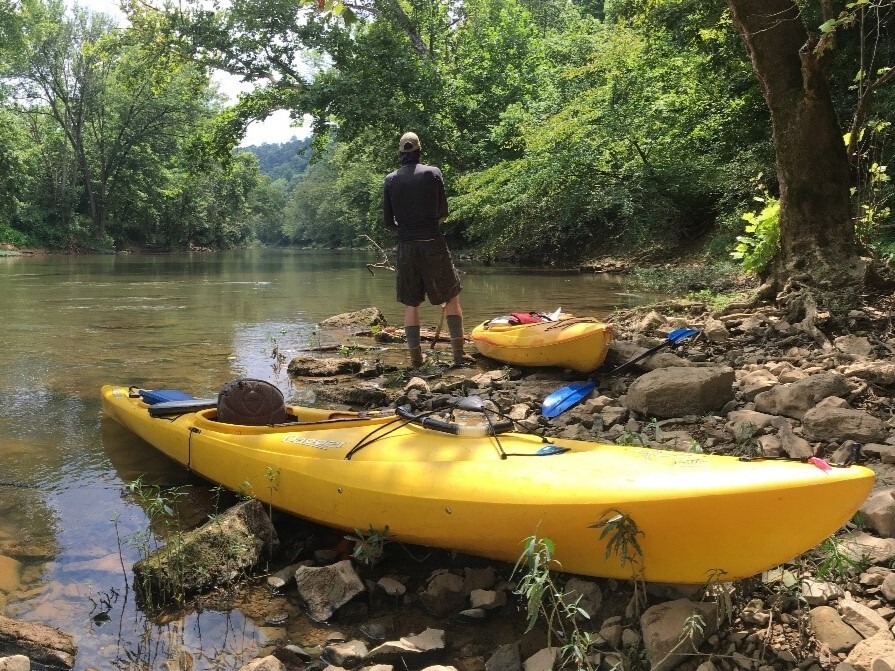 Help DNR learn more about stream bass
If you enjoy fishing for either largemouth, smallmouth, or spotted bass (aka black bass) in Indiana’s rivers or streams, why not tell DNR about it? Help us monitor and access fishing populations by completing a survey. The volunteer survey is anonymous, and anglers are asked to complete the short survey for each of their fishing trips.
To learn more and log a fishing trip, visit the Volunteer Angler Surveys section of our Indiana Fishing Reports website.
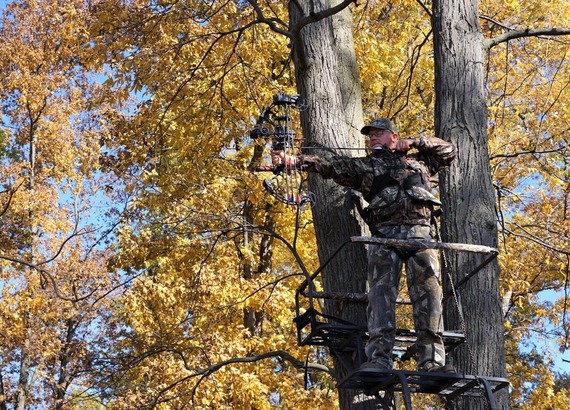 Become an Archer’s Index volunteer
Hoosier bowhunters, you have the opportunity to volunteer for the Archer’s Index while you hunt. The quiet hours you spend sitting in the field provide valuable wildlife observations and inform wildlife management decisions for DNR. Join the program to record wildlife you see while bowhunting from Oct. 1 to Nov. 15, the day before deer firearms season opens.
After signing up online, we’ll mail you a packet with forms and instructions on how to participate.
Join the program by signing up on our webpage.
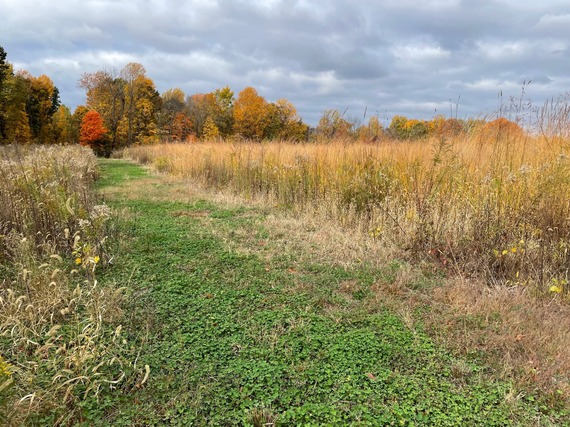 How to manage your wildlife habitat this autumn
Stay active and outdoors this fall by managing wildlife habitat throughout the season. As soil moisture gradually increases, temperatures cool, and humidity decreases, conditions improve for wildlife management methods such as prescribed fires, herbicide applications, and soil preparation.
For more information, view our Wildlife Habitat fact sheets on our webpage. Want to speak with a professional? Contact your local District Wildlife Biologist.
Manitou Island marsh.
Last Nature Preserves hikes of the year
Looking for exploring that’s more than a walk around the block? Join the Division of Nature Preserves for its final two hikes of the year at the Sam Shine Foundation Preserve and Judy Burton/Manitou Islands.
Sam Shine Foundation Preserve: Oct. 16. See Beanblossom Creek and learn about conservation easements while you hike.
Judy Burton/Manitou Islands: Oct. 19. Catch glimpses of marshland birds and even mink, deer, raccoon, skunks, and opossum.
Find more information on the DNR calendar.
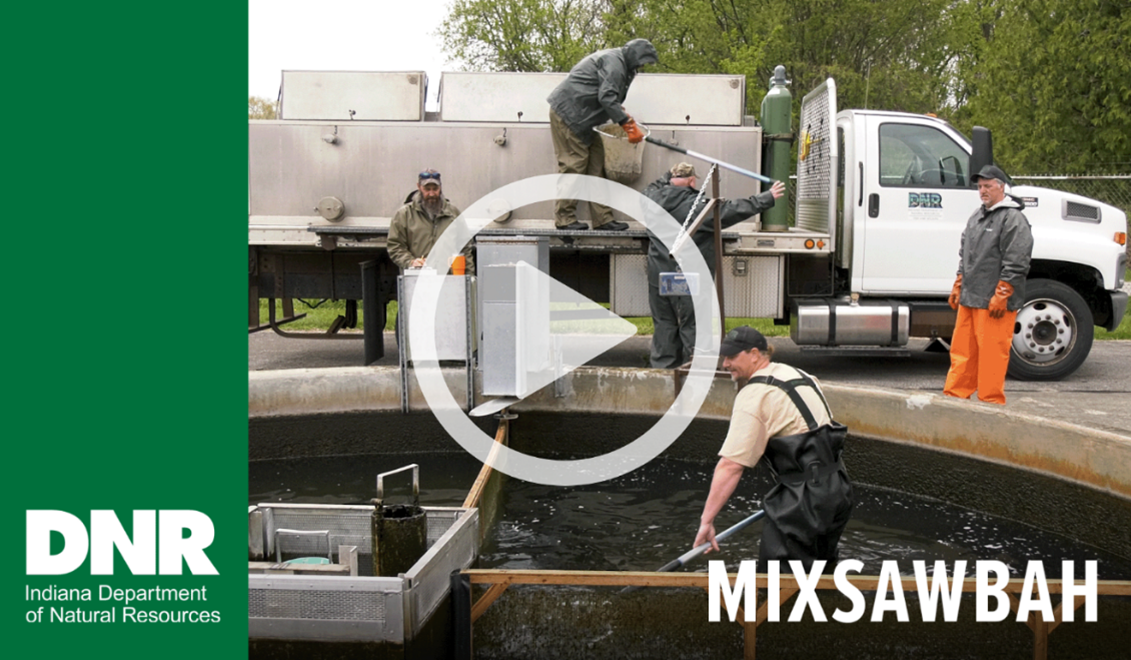 Learn about Mixsawbah State Fish Hatchery
Mixsawbah State Fish Hatchery (SFH) is a cold-water hatchery in Walkerton that produces multiple species of trout and salmon. Once the fish reach the desired size, fisheries staff stock them in public waters to improve angling oportunities statewide.
Want to see what goes on at Mixsawbah behind the scenes? Along with visiting the SFH, you can watch our new video showcasing the ins and outs of this unique hatchery.
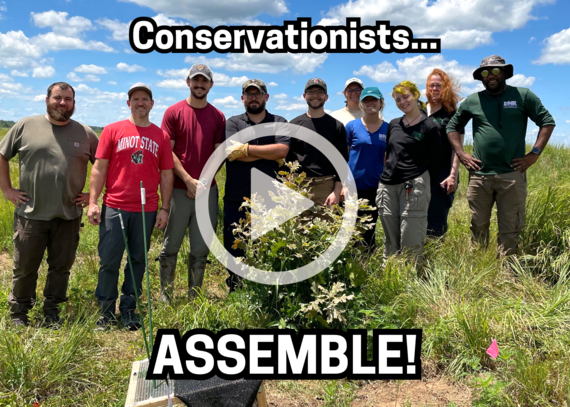 One tiny mammal, one large conservation win
The Franklin’s ground squirrel, a rare species weighing less than 20 ounces, recently inspired a unique partnership between the DNR, The Nature Conservancy (TNC) and Purdue Fort Wayne (PFW). Experts from the three organizations are working to restore the population numbers and genetic diversity of this tiny but mighty species.
After identifying a reintroduction location at Kankakee Sands preserve, the team collected 25 wild ground squirrels from South Dakota and introduced them into artificial burrows at the preserve to acclimate them to their new environment until they could come and go on their own. The squirrels are now being monitored through cameras and GPS collars, and this data will help inform reintroduction location decisions in the future. To see these cute critters up close, check out our Instagram reel.
This work and other projects like it are funded in part by donations to the Nongame Wildlife Fund. Learn more about the fund and more projects to conserve rare and endangered species on our website.
Photo courtesy of Donald Estep.
Least Terns successfully nest at Goose Pond FWA
The state-endangered interior least tern is smaller than a robin, yet the species migrate up to 6,000 miles roundtrip each year to reach their protected nesting island at Goose Pond Fish & Wildlife Area (FWA). DNR staff work hard to provide safe nesting habitat for the terns, and guests help by viewing with binoculars from a safe distance so the terns have the space they need to nest successfully. This summer, four pairs of terns fledged seven young. This is a huge success for the state-endangered species. Learn more about least terns on our webpage.
Recent news releases
Hoosier anglers can join Fall Midwest Walleye Challenge
Celebrate National Public Lands Day with DNR, Sept. 28, 29
Put-and-take pheasant hunt registration opens Sept. 11
|